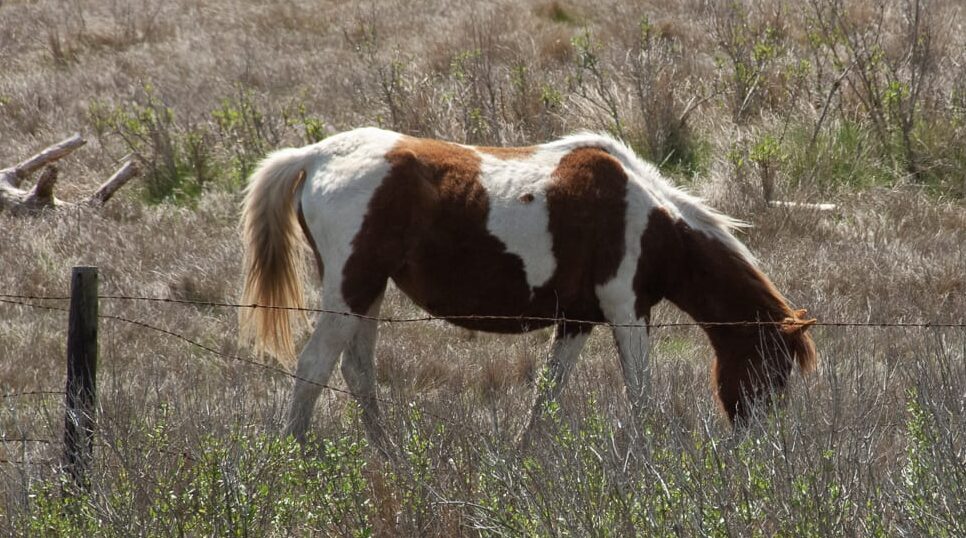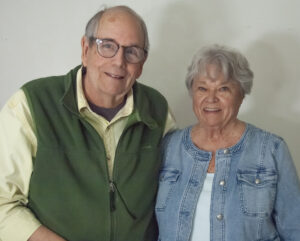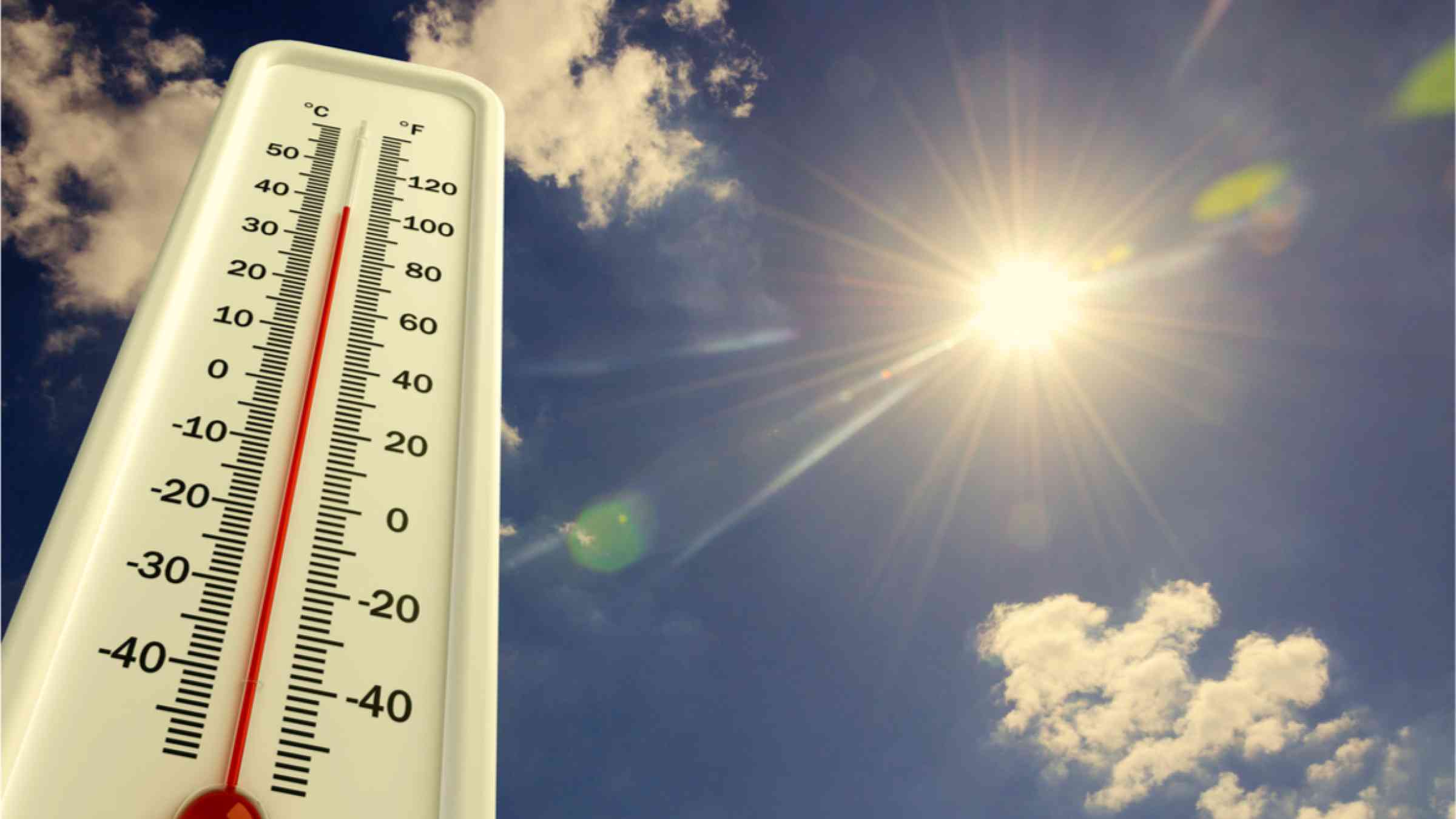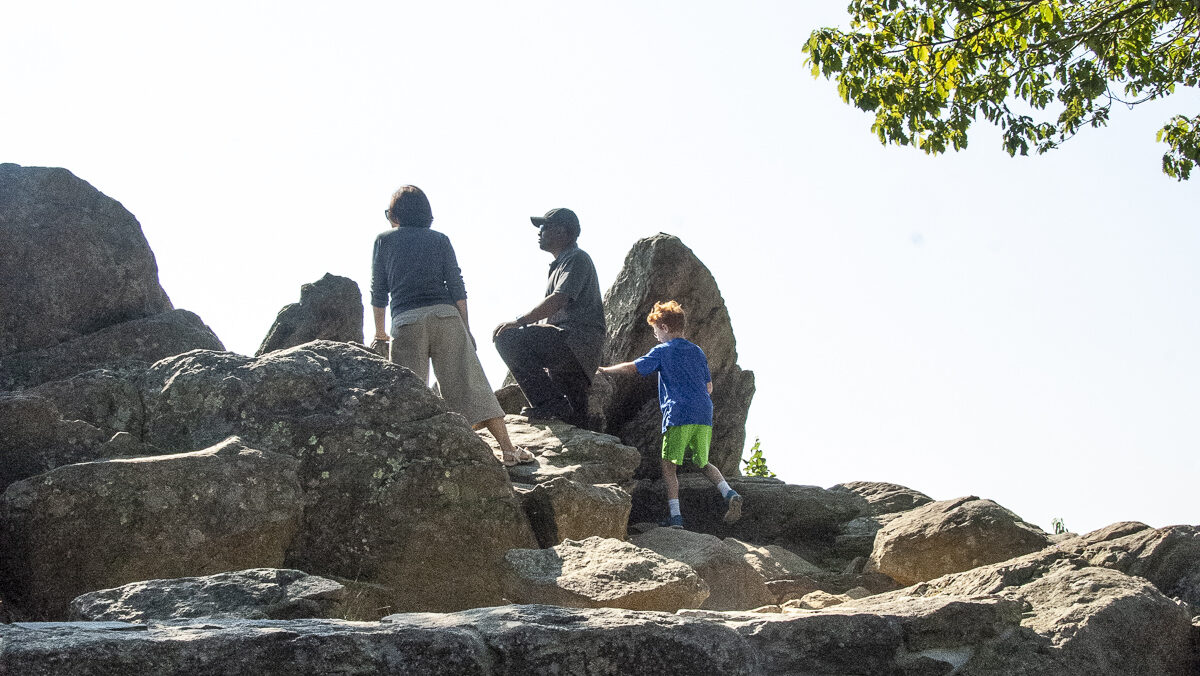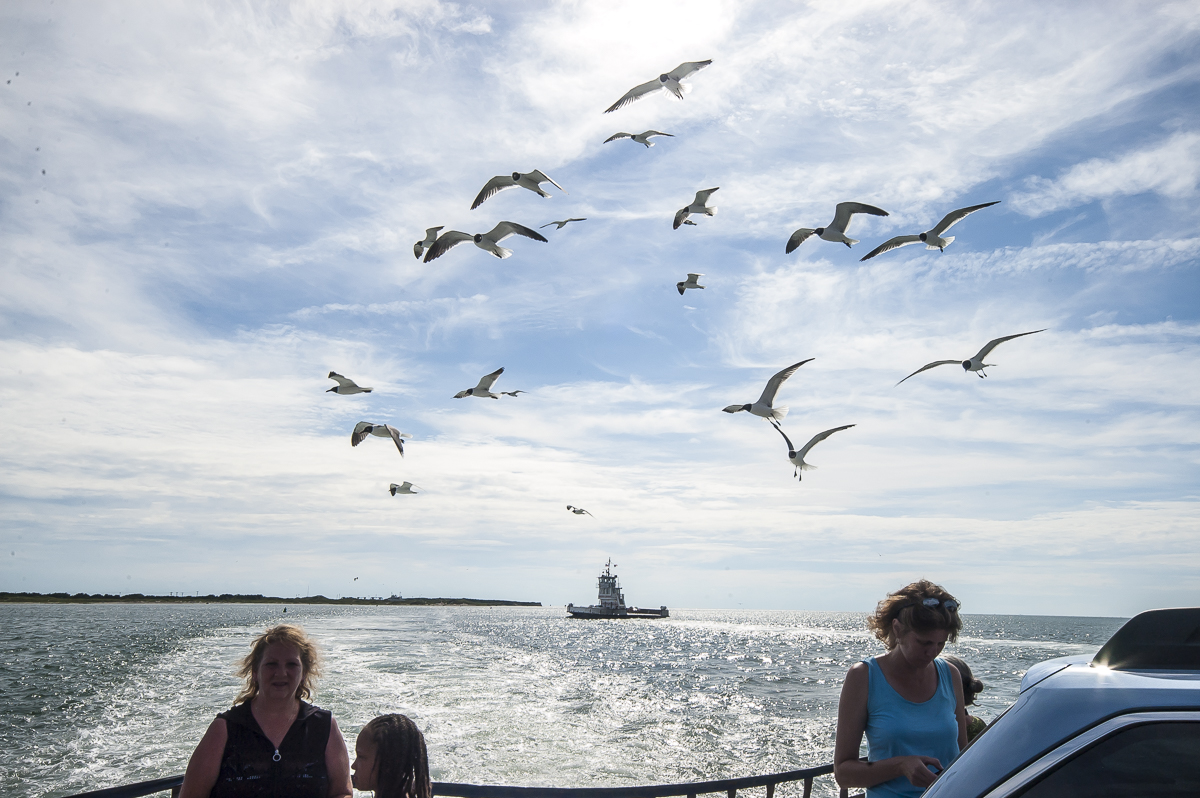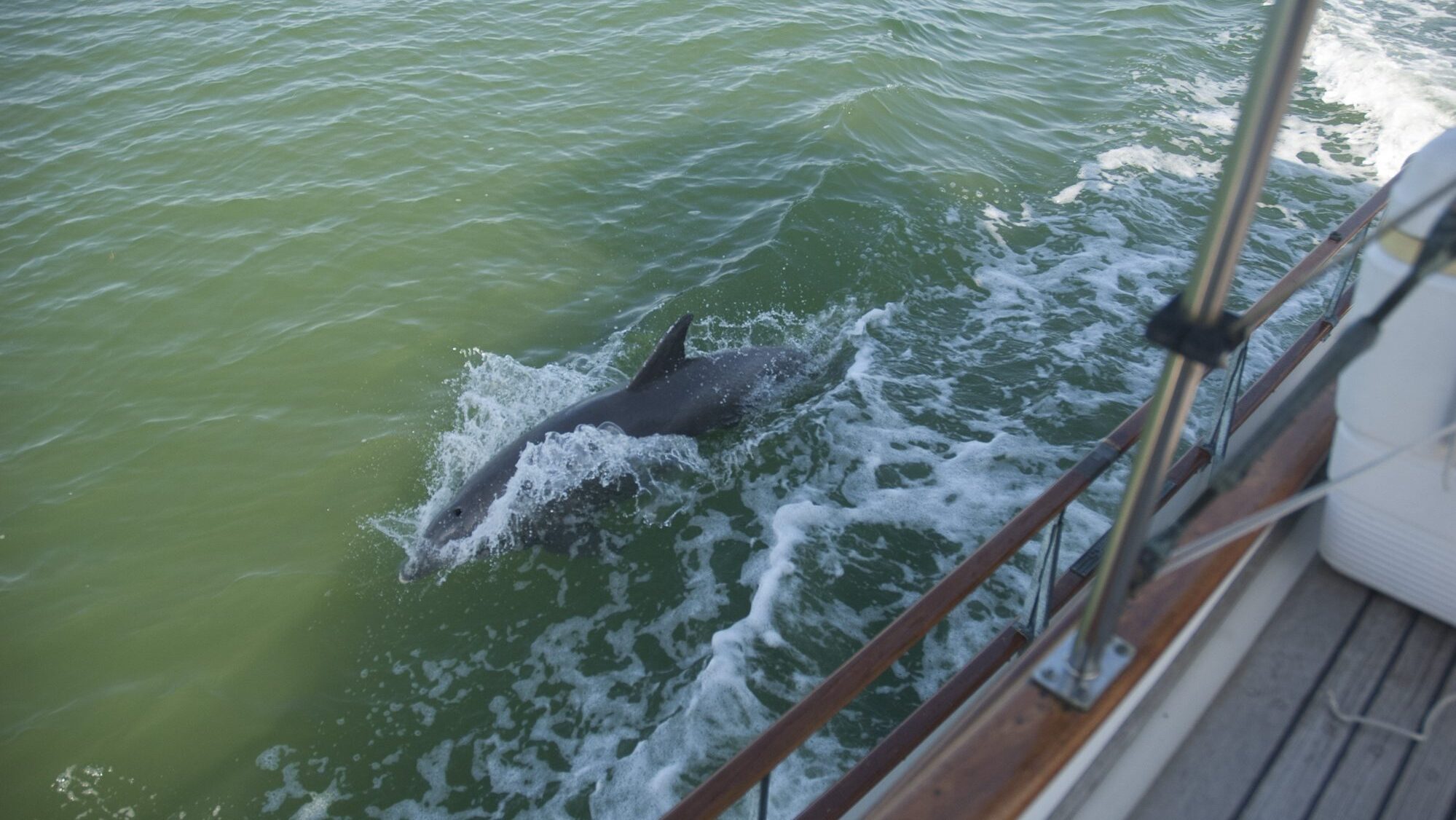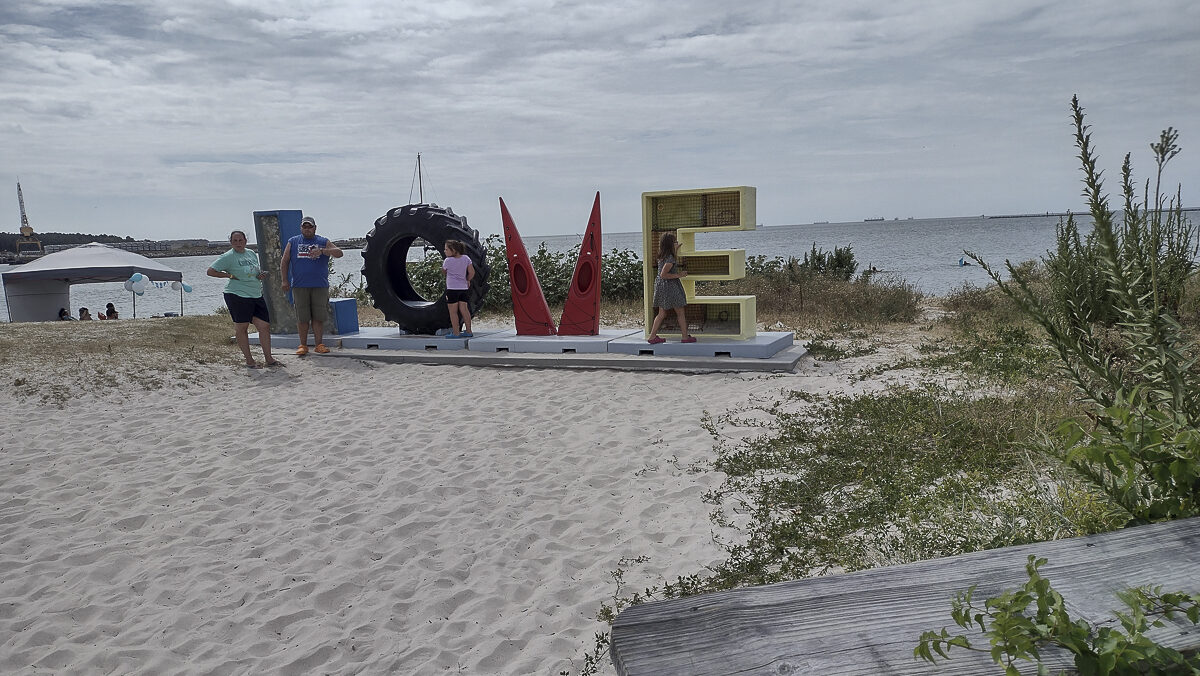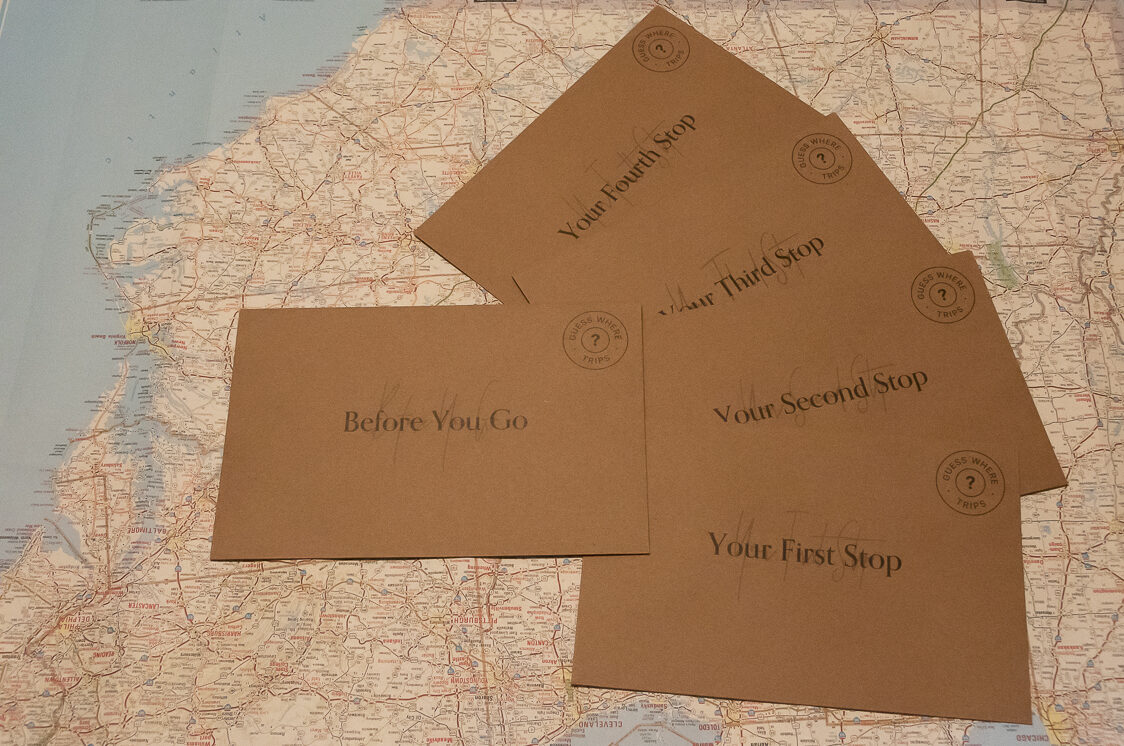Find sandy beaches, nature trails, ponies and rocket ships at this popular family getaway
The fastest I’ve ever ridden my bicycle was one hot August afternoon escaping mosquitos at the Chincoteague National Wildlife Refuge when I pedaled breathlessly to reach my room at the Refuge Inn. It’s one of our favorite places (not in August) which we first discovered, not because of its famous island ponies, or rocket launches at the NASA Flight Facility, but because of the wonderful protected trails in the Refuge on the lower Atlantic shore of Virginia. It’s all part of Assateague Island National Seashore, a protected long barrier island off the coast of Maryland and Virginia. Visitors find sandy beaches, nature trails, ponies, and rocket ships at this popular family getaway, and of course lots of ice cream.
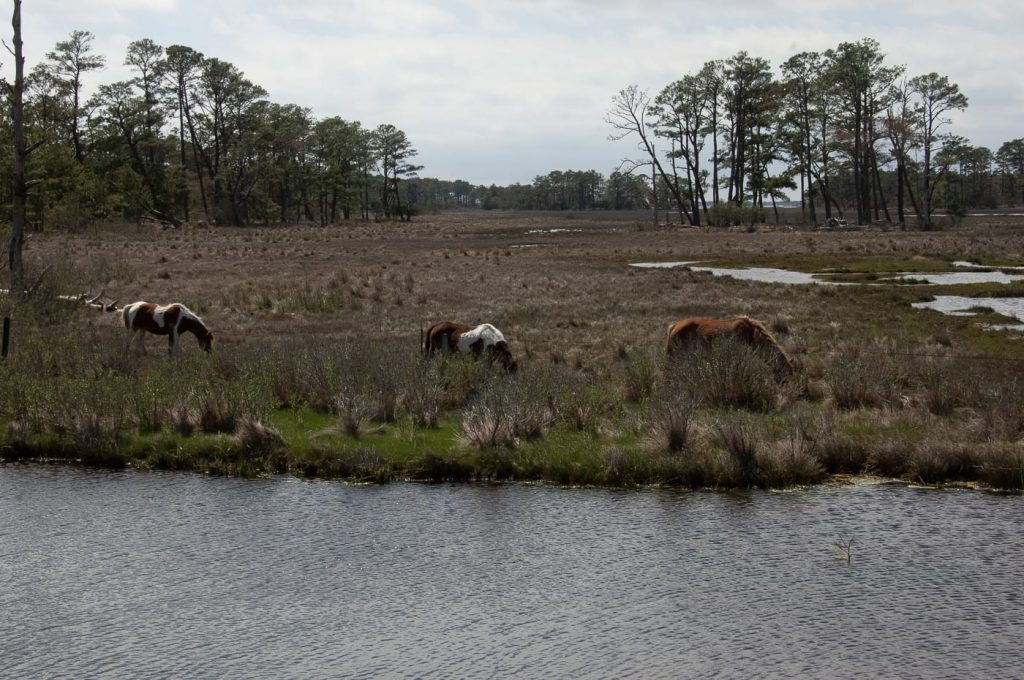
We’d load up our bikes and binoculars, check into one of the many motels and spend a few days enjoying the quiet and pristine refuge with 14,000 acres of beach dunes, marsh and maritime forest on Chincoteague Island. Over the years the barrier island was built by sand that persistent waves have raised from the ocean’s floor and created the beach and shoreline channels.
Visiting the Refuge
At the Chincoteague National Wildlife Refuge you’ll find marked biking, walking and hiking trails – short and long – and many are interconnected. It’s a perfect location for observing wildlife, beach swimming, surf fishing and crabbing. There’s a small boat landing, too. The refuge is habitat to wild ponies, waterfowl, wading birds and shorebirds as well as white-tailed and sika deer.
Pick up a trail map to get the lay of the land and you will find trails to follow, some with an observation platform, many with description boards of the varied wildlife you’ll see.
Birding bonanza and accessible trails to follow
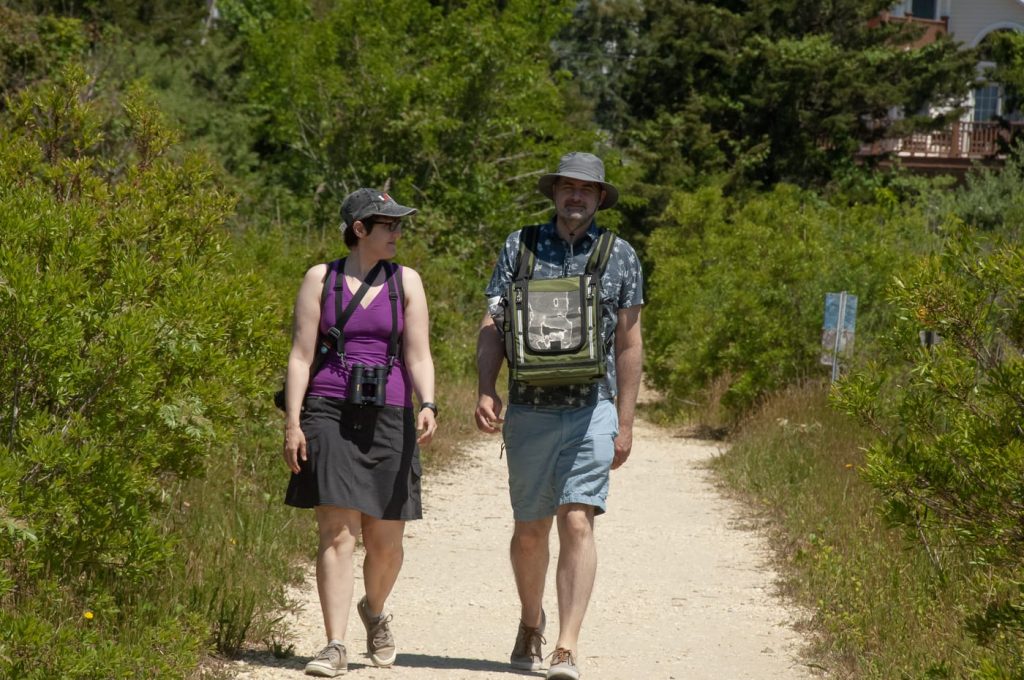
Birders favor the refuge for its nesting areas, dunes and shrub habitat that are home to species of waterfowl, shorebirds and game birds who frequent the island. At the Snow Goose Pool shorebirds and waterfowl flock to the area in the spring and fall; come winter it’s mainly waterfowl. Sandpipers are often present during migration season. While the Southern Pine Beetle has destroyed much of the Woodland Trail, Swan Cove attracts Caribbean birds blown up from east coast storms. With its diversity of birds Chincoteague’s location makes it a popular destination for birders hailing from the east coast. The Wildlife Loop and Woodland, Black Duck and Swan trails are accessible for anyone in a wheelchair, pushing a baby stroller or having mobility issues. In general, an accessible nature trail is paved or concrete, or made of wood or composite material. Some are laid with finely packed stone or gravel to create a stable, firm, slip resistant surface. These wheel chair trails are a popular feature at Chincoteague which allow for easy access for those whether they’re strolling, walking or riding.
A typical sight as you drive through the refuge is groups of birders with binoculars or spotting scopes and cameras hoping to add to their list of sightings. Many use www.ebird.org a website to find and share your sightings and keep track of your list. The site even tallies them for you and archives your photos and sounds.
The Assateague Island Lighthouse trail is the first marked trail off Beach Road and a popular stop leading a short way up to the Assateague Lighthouse with its Fresnel lens visible from 19 miles at sea. Follow Beach Road to the beach and Tom’s Cove Visitors Center and access to a small boat launch and kayaking, fishing and crabbing areas. The beach has parking, washrooms, changing areas and plenty of white sandy beaches filled with gulls and plovers picking at the sand. By car or bike you’ll pass by wild Chincoteague ponies grazing lazily along the road and marked inland trails to follow.
Ponies, ponies, ponies
Chincoteague ponies are a big attraction and many vacationers plan their visit for the annual summer Pony Penning festival when ponies are rounded up and they swim from Assateague Island to Chincoteague where the young fouls are auctioned off benefiting the Chincoteague Volunteer Fire Department.
Where these ponies first came from has different origins. Some say they are descendants of domesticated animals brought to the island over 300 years ago; others suggest they are survivors of a shipwreck off the Virginia coast. Yet another explanation is they are descendants of farm animals (a law required taxes be paid on mainland livestock) whose owners turned them loose on the island with its natural fence of water to avoid paying tax.
A popular children’s book is Misty of Chincoteague about a young horse called Misty and children who loved her.
Tip: If you’re in Chincoteague in summer months wear lightweight long sleeve shirts and long pants and use repellent for protection from ticks, mosquitos and poison ivy and use sunscreen to avoid too much sun exposure.
NASA Flight Facility
As you approach Chincoteague on Route 175 you’ll pass the NASA Flight Facility notable at first by rows of giant satellite dishes along the road. Inside the Visitors Center you’ll find exhibits of current and past scientific exhibits. The flight facility is central to launches of the Antares resupply spacecraft from their Pad-OA which we saw in February 2021. It was Northrop Grumman’s 15th contracted cargo resupply mission for NASA to the International Space Station that delivered about 8,000 pounds of science and research, crew supplies, and vehicle hardware to the orbital laboratory and its crew. We’ve viewed several launches from the grounds of the Visitor’s Center, parked along the road, from the causeway leading to the refuge and from the McDonald’s parking lot. Many others watch from the beach. We’re never alone because the launches at Wallops draw hundreds of space enthusiasts who enjoyed watching and listening to rockets soar into space.
Here’s a link to the Wallops Flight Facility for more information.
Mother Nature provides the night life – stars in dark skies
If there is a lot of wild and crazy night life on Chincoteague Island we’ve never found it, but there are plenty of dark night skies for stargazing at Chincoteague. There’s more quiet family time than wild times when the sun goes down. During the summer the beach closes at 10:00 p.m. so it’s the ideal place to stargaze. Bring your beach chair and binocs and enjoy the amazing array of stars – live entertainment at its best.
As members of the Delmarva Space Sciences Foundation we’ve participate in an outreach program in summer months there. Members set up their telescopes on the beach or at the NASA Visitors Center and invite hundreds of visitors to gaze at the moon, stars and planets. Little kids especially are wowed by the sight of the rings around Saturn or Mr. Moon at his fullest against a dark sky.
Chincoteague has so much to offer visitors – a lighthouse to visit, ponies to enjoy, beautiful sandy beaches, accessible nature trails, a charming little town even, a space age NASA launch site – all wrapped up in one spot on the eastern seaboard.
Our firsthand experience using binoculars when traveling: 8×25 compact binoculars are a good choice for traveling because they’re lightweight and easy to tuck into a backpack or purse. The first number”8” is its magnification which makes an image 8 times closer than what you see with your eyes; it’s good for a wider field of view. The “25” is the size of the objective lens measured in millimeters that defines how much light the binocs can gather. A larger objective lens has more light gathering power so the image resolution will be higher and brighter.
Gene and Katie Hamilton travel the U.S. extensively in search of a favorite place. They are members of the Outdoor Writers Association of America.
Post Views: 4,733
|

